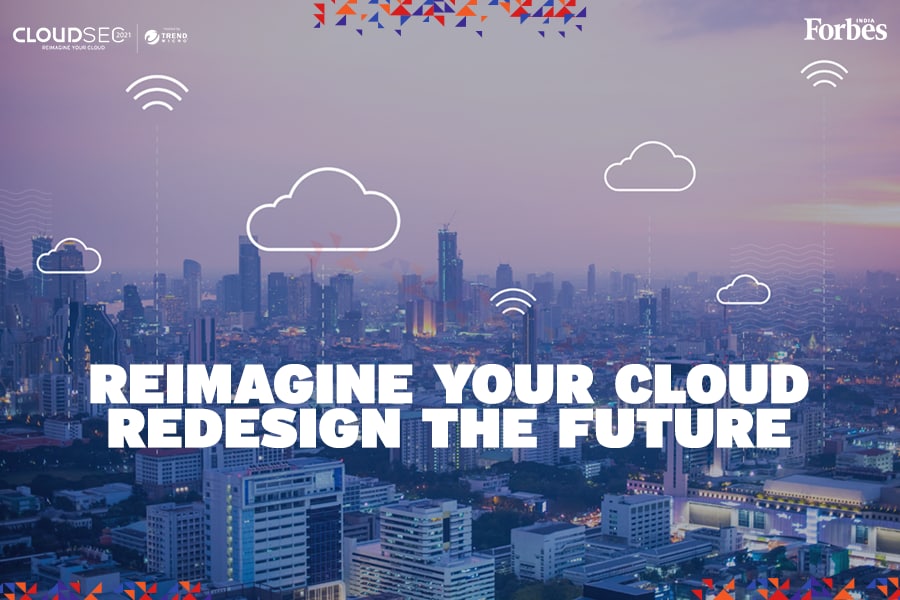
CLOUDSEC 2021 validates that in future 'the cloud is the after limit'
Exploring industry trends, best practices and ways to secure digital ecosystems from cyberattacks

Between the 16th and 18th of November, CLOUDSEC one of the digital technology industry’s biggest cybersecurity and cloud events, was hosted by Trend Micro in partnership with Forbes India. The event brought together leading technology professionals, regulators and corporate users on one platform so they could explore emerging industry trends, best practices and new ways to secure digital ecosystems from the risk of cyberattacks, while corporates and governments safely achieve their goals.
The virtual event began with welcome addresses by Vijendra Katiyar, Country Manager, Trend Micro, India and SAARC and Sharda Tickoo, Technical Director, Trend Micro, India and SAARC. They began by remarking on how the move towards adoption of digitization and cloud services had accelerated in the past 18 months. This, however, has been accompanied by a spike in cybercrime. “If cyber crime was an economy, it would be the third largest in the world, after the US and China; that’s the scale that we are talking about,” explained Sharda Tickoo.
In response, Vijendra Katiyar observed that all the digital disruptions taking place were pushing enterprises to reimagine and redesign cybersecurity. They went on to describe four success factors behind undertaking a digital overhaul at the organization level – modern architecture, defining the attack surface, security by design and changing mindsets to view cyber security as a business enabler. They concluded that while digitization was not a priority but an imperative, these facets would ensure that companies followed a proactive rather than reactive approach to their cybersecurity.
Next up was a Fireside Chat, themed ‘Scaling to New Heights with Confidence: The Cloud Play’, and featuring Prasad Ramakrishnan, Chief Information Officer, Freshworks and Vijendra Katiyar of Trend Micro. They discussed how cloud computing is transforming industries across sectors and regions and companies are increasingly upgrading to hybrid environments. To continue to secure cloud and on-premise environments, security controls must be extended and frequently retooled to identify and preempt or mitigate cyber threats.
Prasad Ramakrishnan recounted Freshworks’ experience of assisting corporates during their transition to the cloud and discussed the opportunities and road ahead for a hybrid work model. From a security perspective he pointed out, “Irrespective of whether you are in a work-from-home or work-from-office mode, there will always be security challenges. The focus must be on staying a step ahead of the threats and continuing to invest in mechanisms which make it easy for employees to do their job.”




